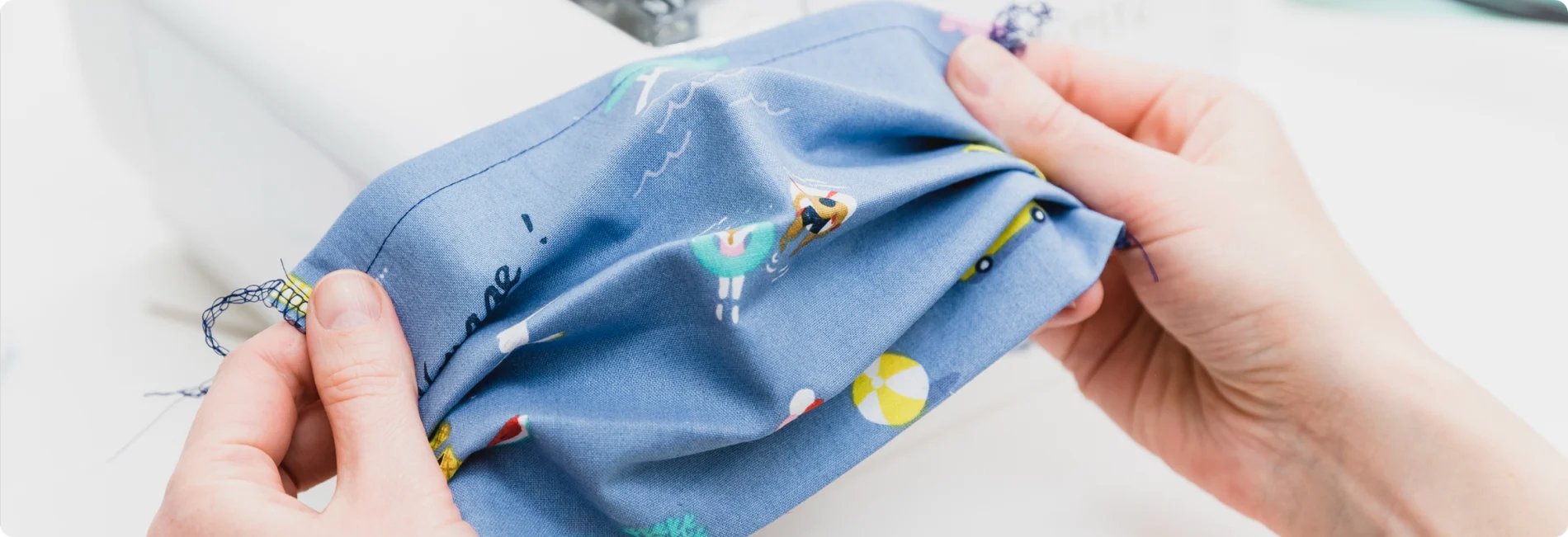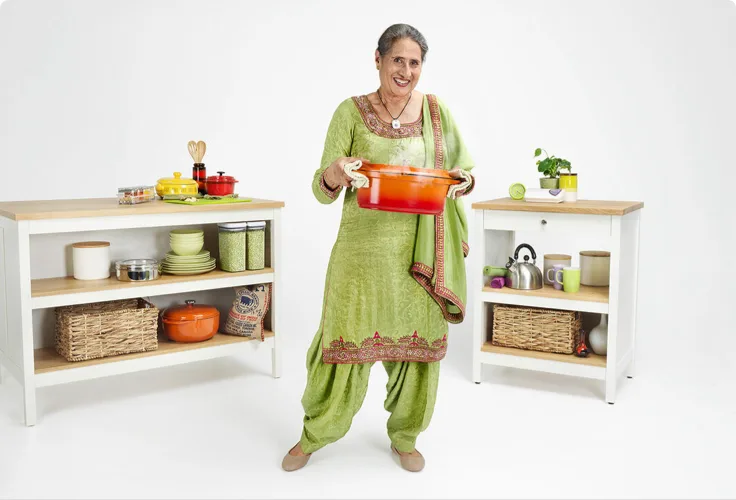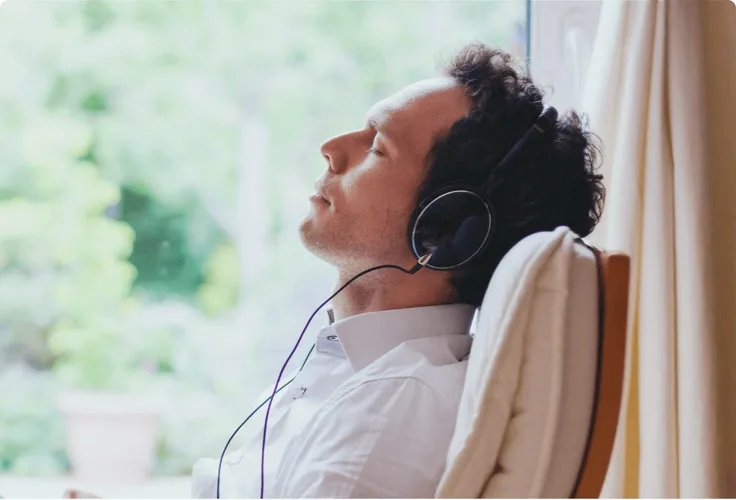Your guide to homemade face masks
COVID-19 · May 6, 2020
Are you confused about whether or not you need to wear a mask? We hear you! Federal and Provincial health authorities recommend that people who are not showing symptoms of COVID-19 wear non-medical, homemade face masks as an additional measure to protect others against the spread of coronavirus. The idea behind wearing these handcrafted masks is that they can aid asymptomatic carriers of COVID-19 from unknowingly spreading the virus.
When should I wear a mask?
While those who are ill must wear masks if they travel outside their home, non-medical masks for those who are not showing symptoms of being sick can reduce the chance of respiratory droplets coming into contact with other people, or landing on surfaces. Homemade masks are best used when travelling to public places such as the grocery store and pharmacy, or when using public transit. It should be noted that there is no evidence of homemade masks protecting the wearer of the mask from incoming viruses.
Mask precautions
In short: by wearing a homemade mask, you can protect others from catching the virus, but not yourself. It is also important to remember that wearing a mask must be combined with frequent hand-washing and physical distancing, which are the two most important measures we can take to limit the spread of COVID-19. Masks can provide a false sense of security to wearers, as well as lead to increased touching of the face to adjust the mask. If you are wearing a homemade mask, continue to avoid touching your face. This is why it’s important to have a comfortable, easy to wear mask. While we are leaving the supply of medical grade masks, such as surgical masks and n-95 respirators for healthcare workers, we can craft our own DIY masks at home!
Homemade mask guide
This guide instructs you on the process for crafting three homemade face masks. Below, you’ll find patterns for a mask you can sew, a mask you can construct from a t-shirt, and a mask you can make from a bandana. We have also included information on the best types of materials you can use for creating your masks, and luckily, most of the materials can be found in your own home!
Choosing your materials and construction
It’s important that the fabric you choose to make your mask has a dense weave. Denser weaves ensure that particles have a hard time filtering through the fabric. With any fabric you are thinking of using for a mask, use the light test.
The light test
Hold your fabric up to a light. If the light passes through easily, and you can see the fibres of the fabric, your fabric is not dense enough. The fabric should be dense enough that little light can pass through.
Types of fabric/materials
Cotton is your fabric of choice
Cotton fabric options include: high threadcount sheets (600+), flannel fabric, t-shirts, bandanas
Heavy flannel or felt (to sandwich in-between layers)
Layers
The more layers your mask has, the better it will filter out particles. We suggest 2-4 layers of fabric. Additionally, studies have shown that an outer layer of cotton fabric, plus an inner layer of flannel fabric filters out particles well. The flannel fabric also provides a softer surface close to your face for comfort.
Fit
It is very important that your mask is comfortable, and that you can wear it for long periods of time without adjusting it. This decreases the chances that you will be touching your face. Make sure you can breath properly, and that the mask fits tightly around your nose and mouth to ensure that particles aren’t escaping. Also ensure that your mask is sturdy enough to wash in the washing machine.
Methods and materials
Sewing mask: one 18×8 inch piece of cotton fabric, two 13 inch pieces of elastic (or rubber bands or hair ties), needle and thread, scissors, sewing machine.
No sew T-shirt mask: cotton t-shirt, scissors.
No sew bandana face mask: cotton bandana or a 20×20 inch cotton, heavy flannel, or felt cloth, rubber bands (or hair ties), scissors.
Disclaimer
Homemade face masks should not be worn by young children under the age of 2, anyone who has breathing problems, or anyone unable to remove a mask without assistance.



